The world of minerals and gemstones is as diverse as it is fascinating, with each stone telling a story of Earth’s complex geological history. Among these natural wonders are a select few minerals that stand out not just for their beauty but also for their extreme rarity and high value. These minerals are sought after by collectors, investors, and jewelers, not only because of their aesthetic appeal but also due to their unique properties and limited availability.
The rarity of a mineral is determined by various factors, including the specific geological conditions required for its formation, the limited geographic regions where it can be found, and the difficulty in extracting and processing it. These factors contribute to the mineral’s scarcity, driving up its market value. In some cases, these minerals are so rare that only a handful of specimens exist, making them highly coveted among collectors and enthusiasts.
The allure of these rare and expensive minerals goes beyond their financial value. They often possess extraordinary optical, physical, and chemical properties that make them unique. For instance, some minerals exhibit remarkable color-changing abilities, while others boast a striking range of colors that are seldom seen in other gemstones. These exceptional characteristics add to their mystique and desirability.
In this exploration of the rarest and most expensive minerals, we will delve into the fascinating stories behind these geological marvels. We will examine what makes each mineral special, the regions where they are found, and the reasons behind their high market value. From the vibrant blues of tanzanite to the mysterious color changes of alexandrite, these minerals are a testament to the incredible diversity and wonder of the natural world.
1. Tanzanite
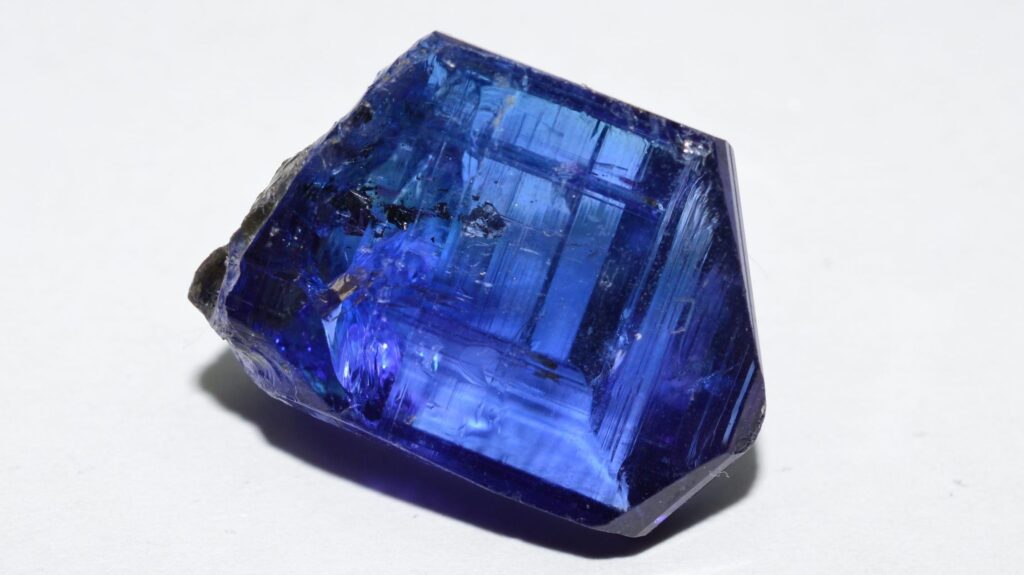
Description:
Tanzanite is a striking blue to violet gemstone, known for its vibrant color and rarity. It is a variety of the mineral zoisite and is prized for its unique trichroism, showing different colors when viewed from different angles.
Value:
Prices range from $600 to $1,200 per carat, with the finest specimens fetching higher prices due to their color saturation and clarity.
Geological Explanation:
Tanzanite is formed in the presence of high heat and pressure, along with specific geological conditions that result in its unique coloration. The gemstone’s color is primarily due to the presence of vanadium and is enhanced through heat treatment.
Mining Areas:
Exclusively found in the Merelani Hills of Tanzania, near Mount Kilimanjaro, this limited geographic availability significantly contributes to its rarity.
2. Painite
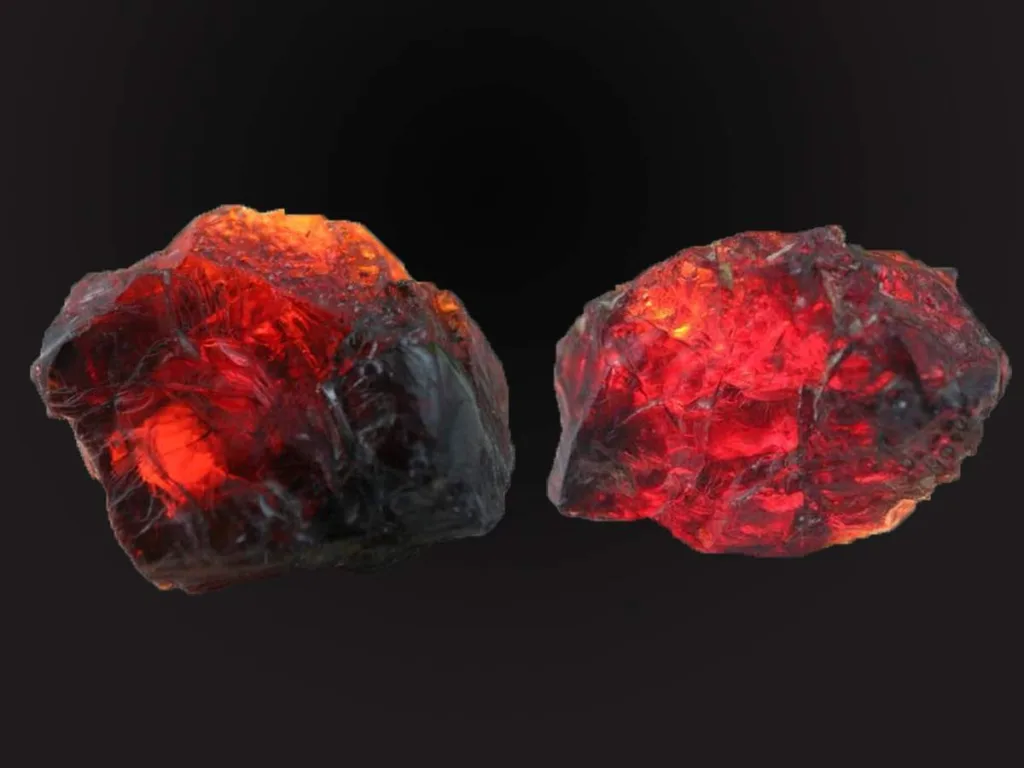
Description:
Painite is an extremely rare borate mineral with a reddish-brown to deep red color. Once considered the rarest mineral in the world, it was first discovered in Myanmar.
Value:
Due to its extreme rarity, painite can sell for $50,000 to $60,000 per carat.
Geological Explanation:
Painite contains trace elements like zirconium and boron, which are uncommon in combination, contributing to its rarity. The complex crystallization process required for its formation makes it exceptionally scarce.
Mining Areas:
Myanmar (Burma) is the primary source, with very few deposits discovered outside this region.
3. Jadeite
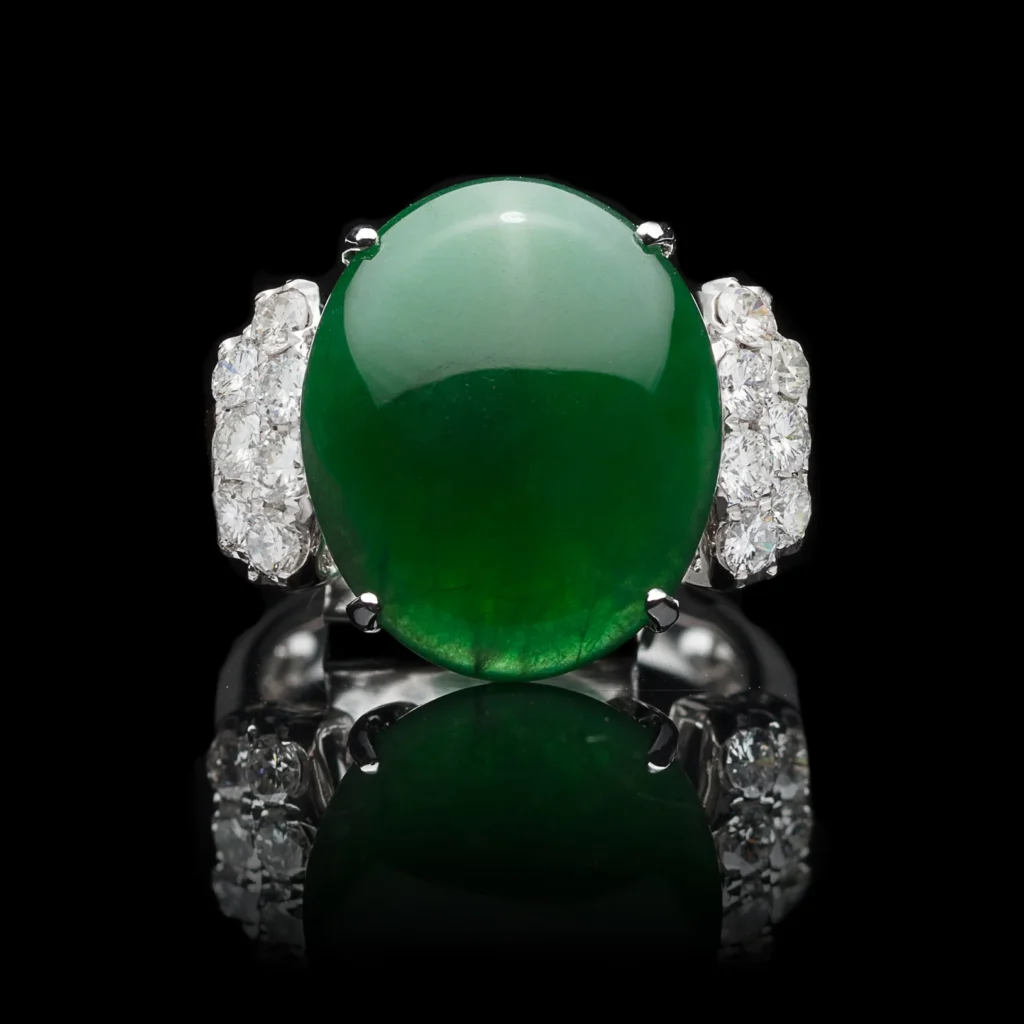
Description:
Jadeite is the most valuable variety of jade, ranging in color from white to green, with the most prized being the deep, emerald green known as “Imperial Jade.”
Value:
Top-quality jadeite can exceed $30,000 per carat, particularly when it displays vivid, saturated colors and excellent translucency.
Geological Explanation:
Jadeite forms under high-pressure and low-temperature conditions, typically in subduction zones where oceanic plates are pushed beneath continental plates.
Mining Areas:
Myanmar is the principal source of high-quality jadeite, with additional deposits found in Guatemala, Japan, and California.
4. Red Beryl (Bixbite)
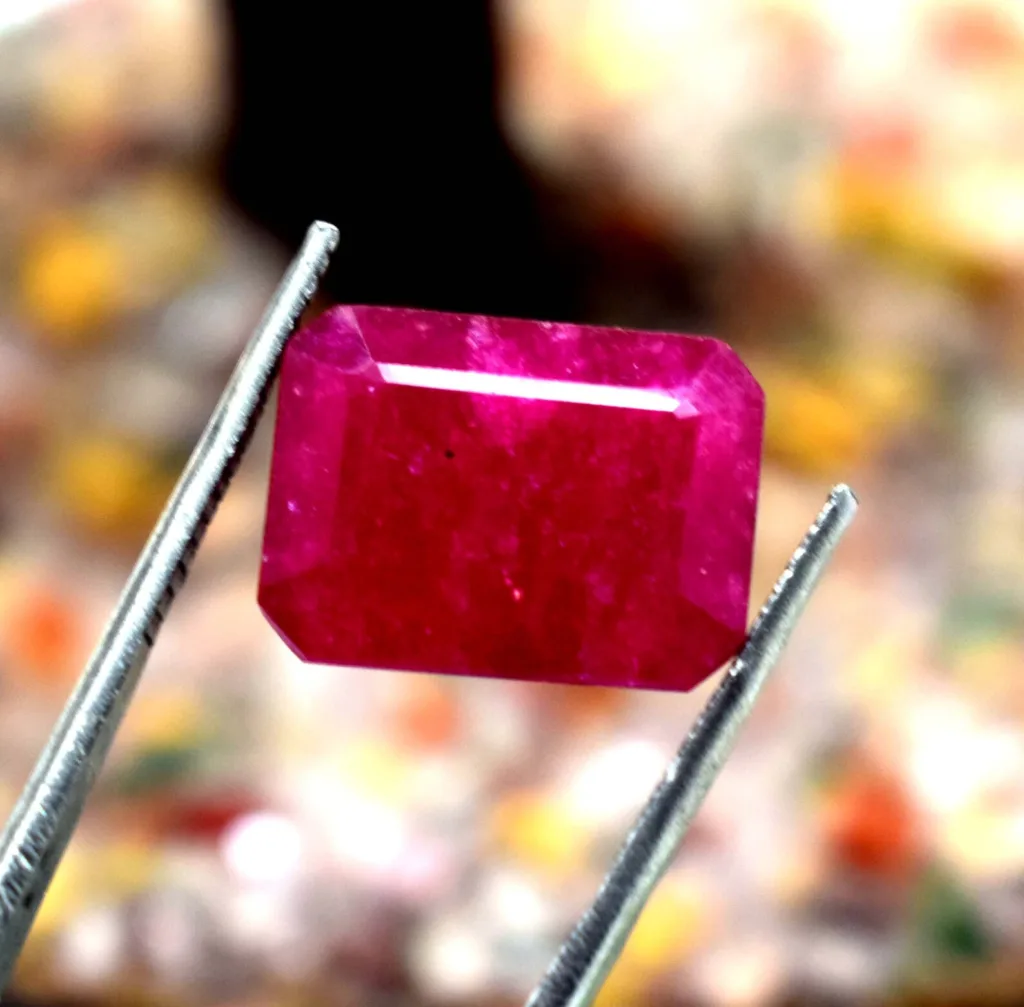
Description:
Red beryl, also known as bixbite, is a rare and vibrant red mineral that is much rarer than diamonds. It is a member of the beryl family, which also includes emerald and aquamarine.
Value:
Red beryl can reach prices of $10,000 per carat, driven by its rarity and the intense red color.
Geological Explanation:
Red beryl forms in volcanic rocks under low pressure and high-temperature conditions. The red color is due to trace amounts of manganese.
Mining Areas:
Primarily found in the Wah Wah Mountains of Utah, USA, with minor occurrences in New Mexico and Mexico.
5. Black Opal
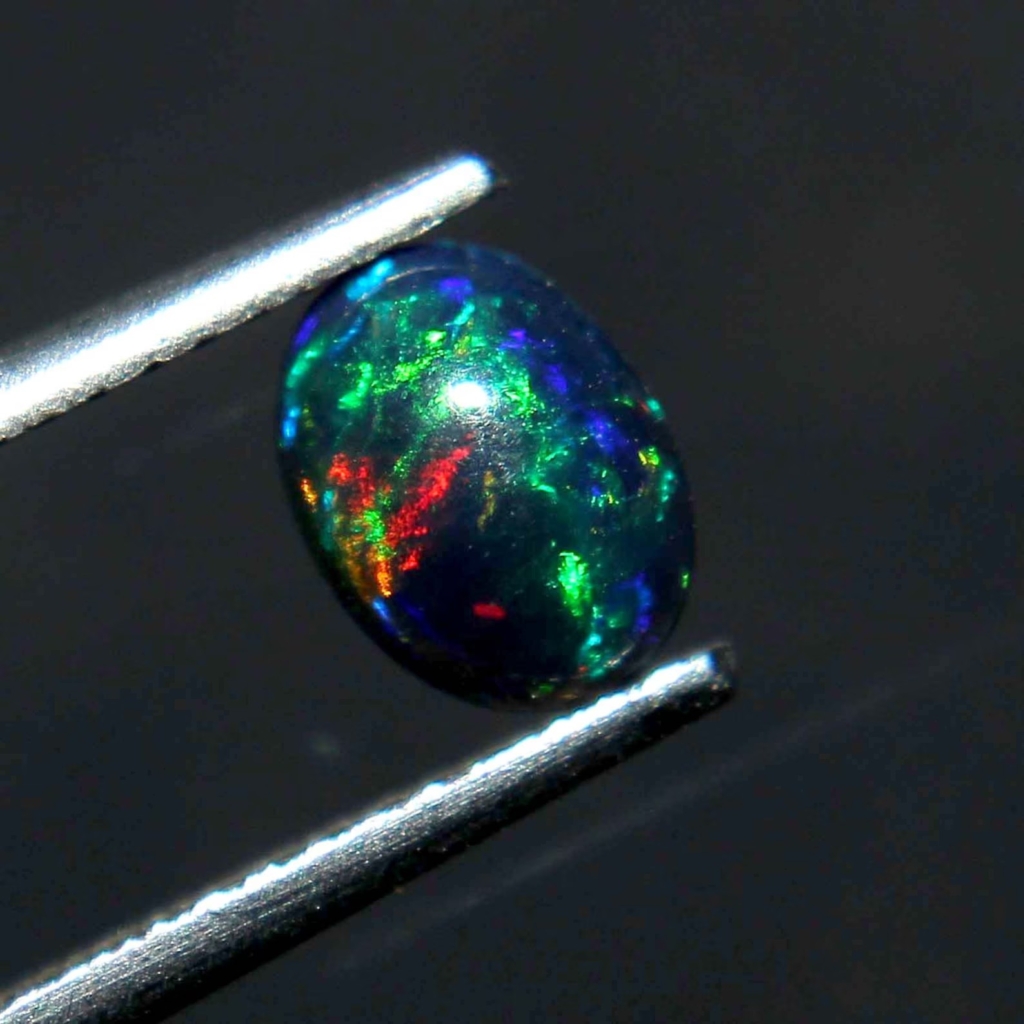
Description:
Black opals are known for their dark body tone and brilliant play-of-color, displaying vivid flashes of color against a dark background.
Value:
High-quality black opals can sell for $10,000 per carat or more, especially those with intense color and large size.
Geological Explanation:
Opals are formed from silica deposits left by ancient geothermal springs. The internal structure diffracts light, creating its unique play-of-color.
Mining Areas:
The Lightning Ridge area of New South Wales, Australia, is the most famous source of black opals.
6. Taaffeite
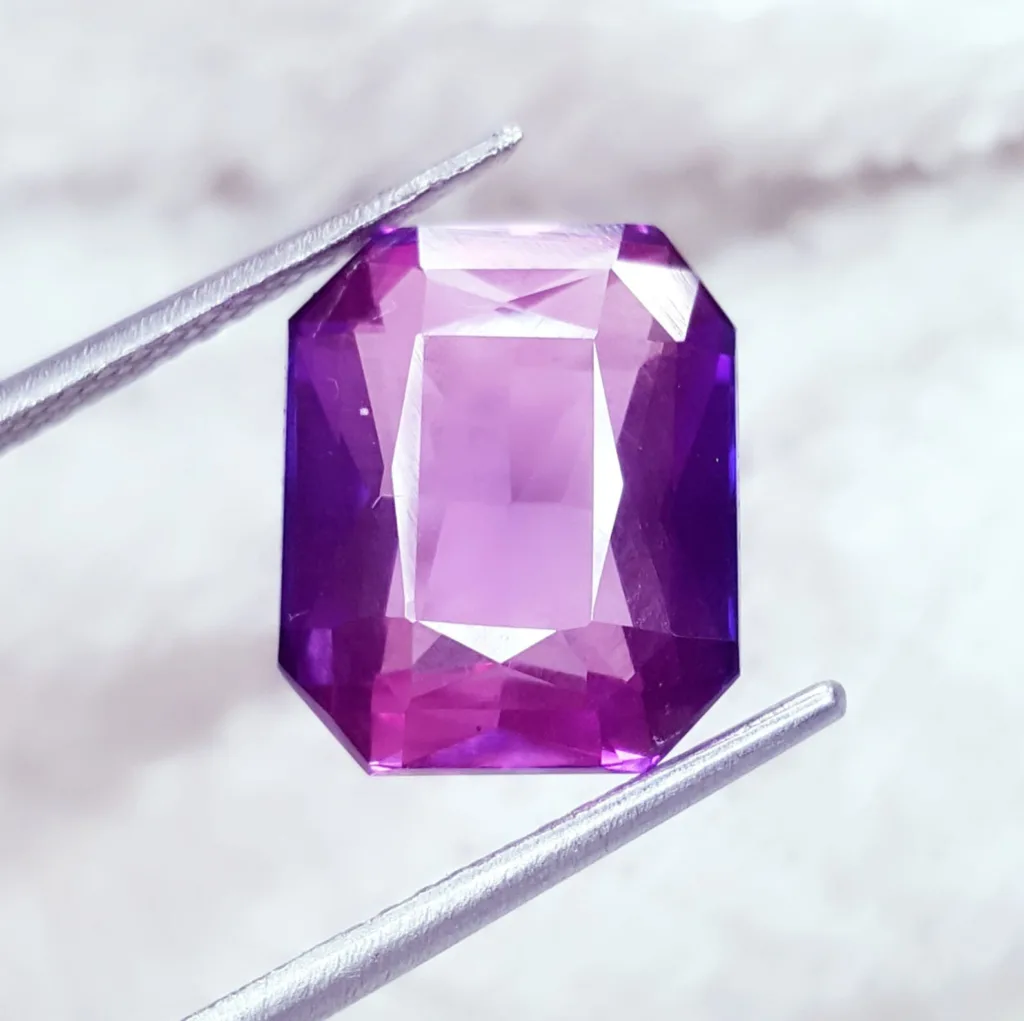
Description:
Taaffeite is a rare gemstone that ranges in color from lavender to mauve and is often mistaken for spinel due to its similar appearance.
Value:
Prices range from $1,500 to $2,500 per carat, but can be higher for particularly rare colors or large specimens.
Geological Explanation:
Taaffeite is a beryllium-aluminum oxide, and its rarity is attributed to the unusual combination of elements required for its formation.
Mining Areas:
Found in Sri Lanka, Myanmar, Tanzania, and China, with Sri Lanka being the most significant source.
7. Grandidierite

Description:
Grandidierite is a bluish-green mineral known for its strong pleochroism, exhibiting blue, green, and white colors when viewed from different angles.
Value:
Prices can reach $20,000 per carat for high-quality specimens, reflecting its rarity and striking color.
Geological Explanation:
Grandidierite forms in aluminous boron-rich rocks, typically within metamorphic environments where high pressure and temperature facilitate its crystallization.
Mining Areas:
Initially discovered in Madagascar, it has also been found in Sri Lanka and Namibia.
8. Musgravite
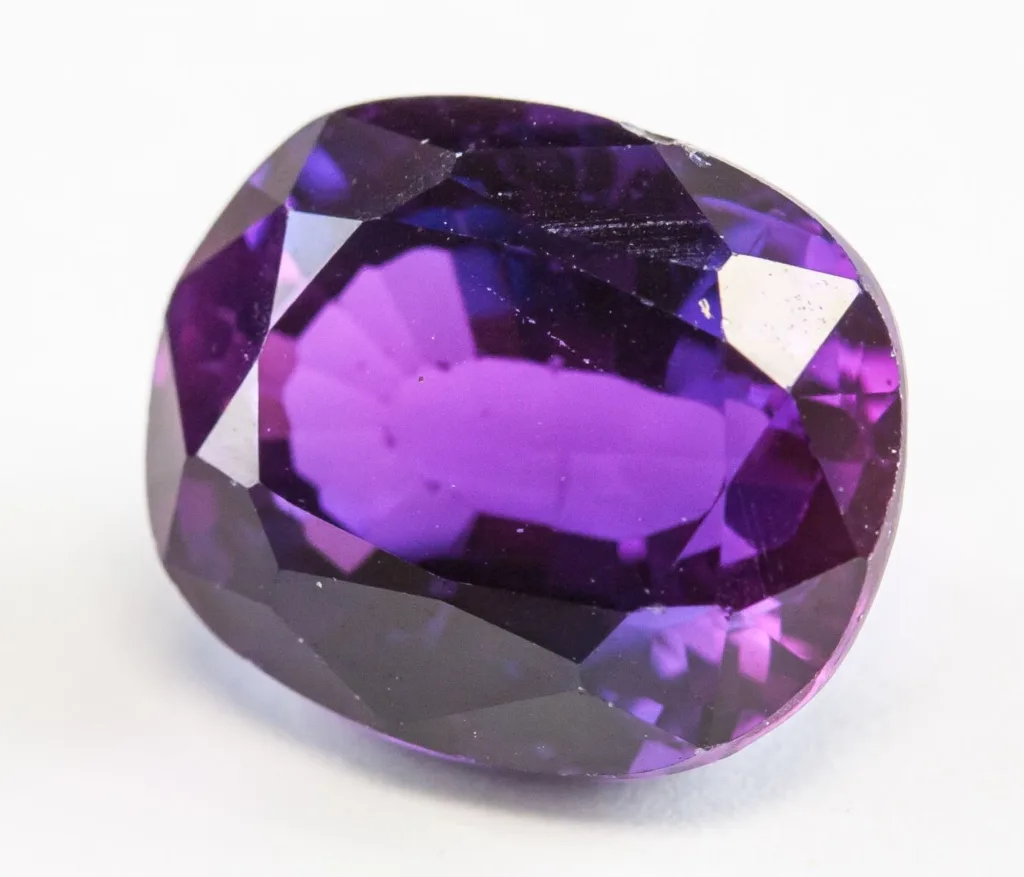
Description:
Musgravite is a rare silicate mineral, closely related to taaffeite, and is known for its grayish-green to purple color.
Value:
High-quality stones can sell for $35,000 per carat or more due to their scarcity and appealing color.
Geological Explanation:
Musgravite forms in a similar environment to taaffeite, requiring a specific set of conditions involving beryllium and magnesium.
Mining Areas:
Originally identified in the Musgrave Range of South Australia, with additional sources in Sri Lanka, Greenland, and Tanzania.
9. Alexandrite
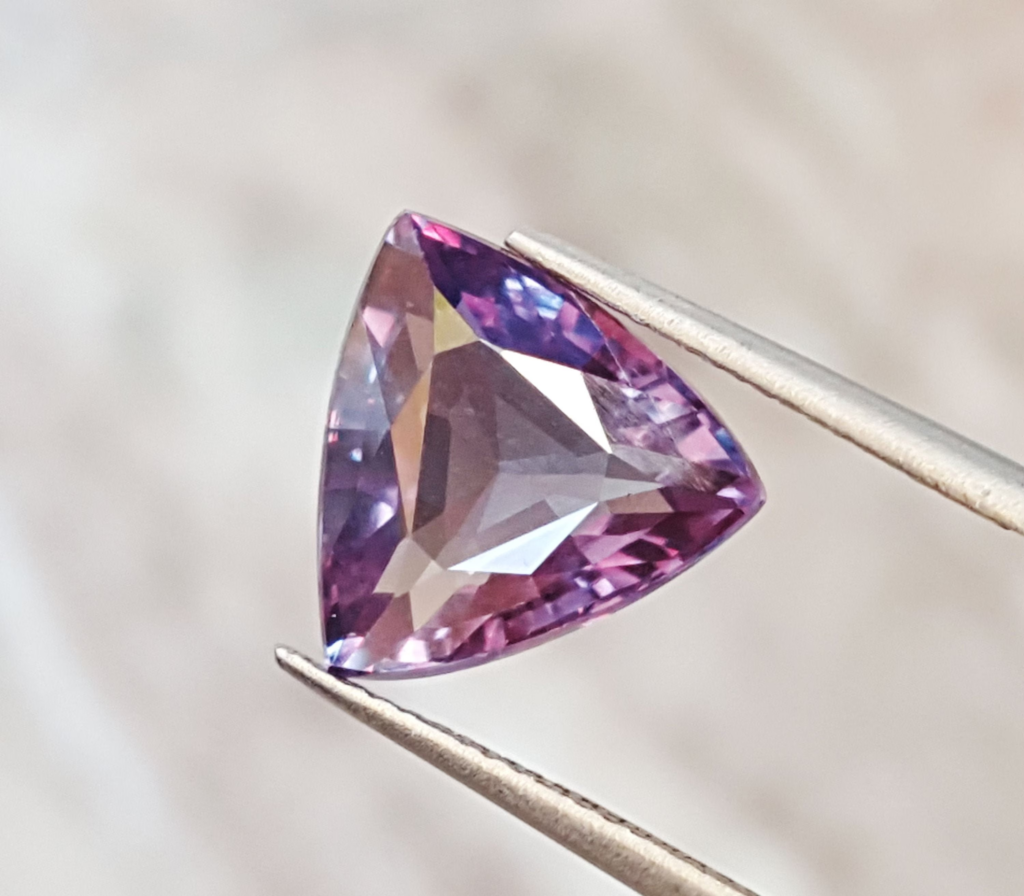
Description:
Alexandrite is famed for its remarkable color-changing ability, appearing green in daylight and red under incandescent light.
Value:
Prices can vary widely, with top-quality stones reaching $70,000 per carat, particularly those with dramatic color shifts and high clarity.
Geological Explanation:
This variety of chrysoberyl forms in granitic pegmatites and mica schists, where beryllium and chromium coexist, giving it the unique color-changing properties.
Mining Areas:
Originally discovered in Russia’s Ural Mountains, alexandrite is now also found in Brazil, Sri Lanka, and East Africa.
10. Serendibite
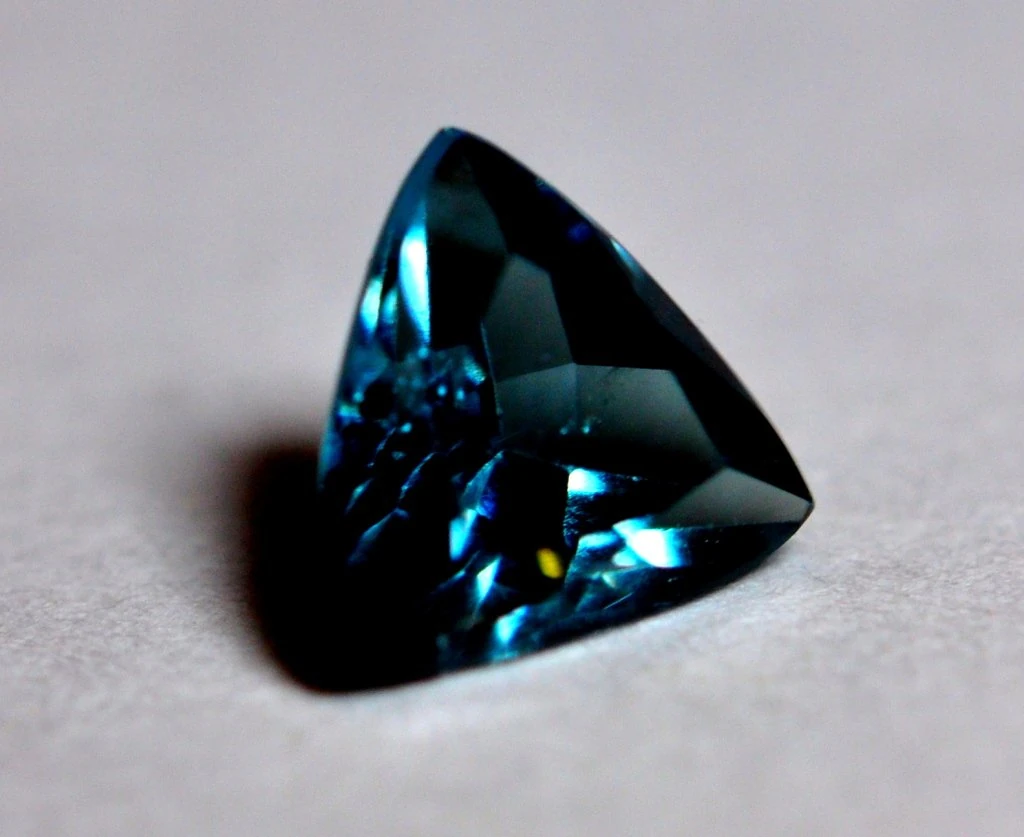
Description:
Serendibite is an extremely rare mineral, exhibiting colors from dark blue to bluish-green. It is prized for its rarity and unique color.
Value:
Exceptional examples can be valued at up to $18,000 per carat, reflecting both scarcity and desirability.
Geological Explanation:
Serendibite forms in boron-rich metamorphic rocks and requires precise conditions to develop, such as high pressure and specific chemical components.
Mining Areas:
First discovered in Sri Lanka, with limited occurrences in Myanmar and Madagascar.
The exploration of the rarest and most expensive minerals reveals a captivating intersection of geology, history, and economics. These minerals, each with their distinct characteristics and origins, are testaments to the Earth’s ability to produce wonders that are as beautiful as they are rare. From the striking blues of tanzanite to the enigmatic color changes of alexandrite, these gemstones offer a glimpse into the unique conditions and processes that occur beneath the Earth’s surface.
The rarity of these minerals is a key factor in their high value. The complex geological environments required for their formation, combined with their limited geographical distribution, contribute to their scarcity. This scarcity not only drives their market value but also fuels human fascination and desire for these natural treasures. Collectors, investors, and jewelers prize them not just for their monetary worth, but for the beauty and mystique they represent.
These minerals are more than just valuable commodities; they are pieces of Earth’s history, capturing the geological and chemical processes that have occurred over millions of years. Each mineral tells a story of the dynamic forces that shape our planet, offering a tangible connection to the past and a reminder of nature’s ability to create objects of extraordinary beauty and complexity.
As technology advances and exploration methods improve, new discoveries may yet expand our understanding of these rare minerals, possibly revealing new varieties and sources. However, the inherent rarity and geological uniqueness of these minerals ensure they will remain among the most coveted and cherished treasures of the natural world. Their enduring appeal continues to captivate the imagination, highlighting the ongoing allure of Earth’s geological marvels.




































